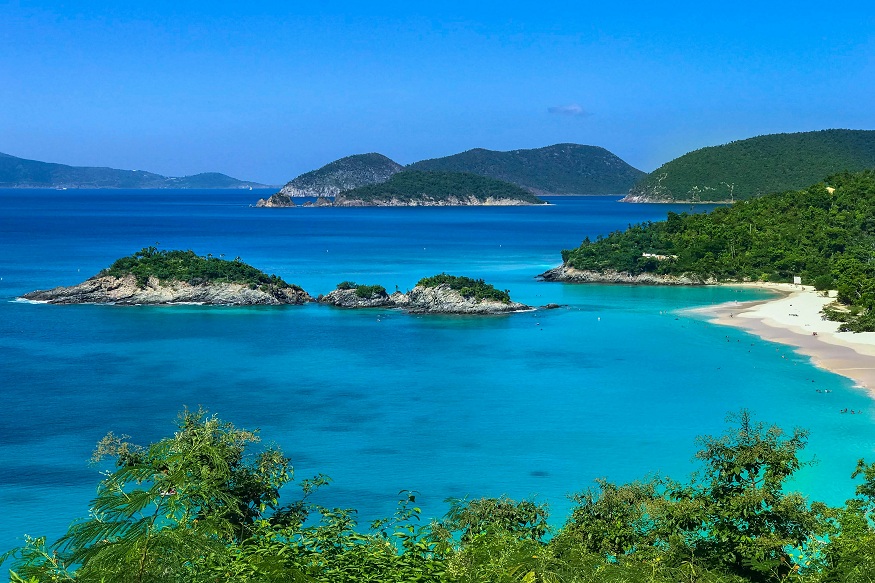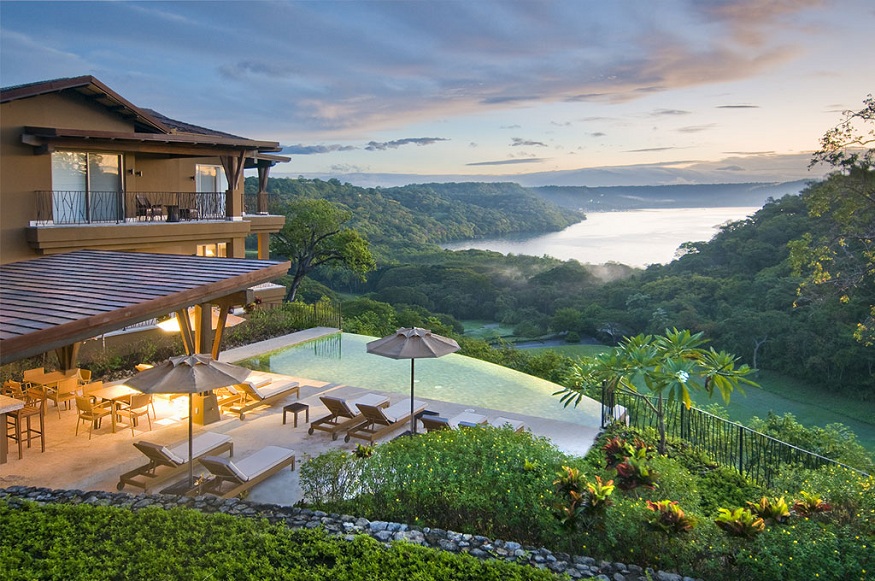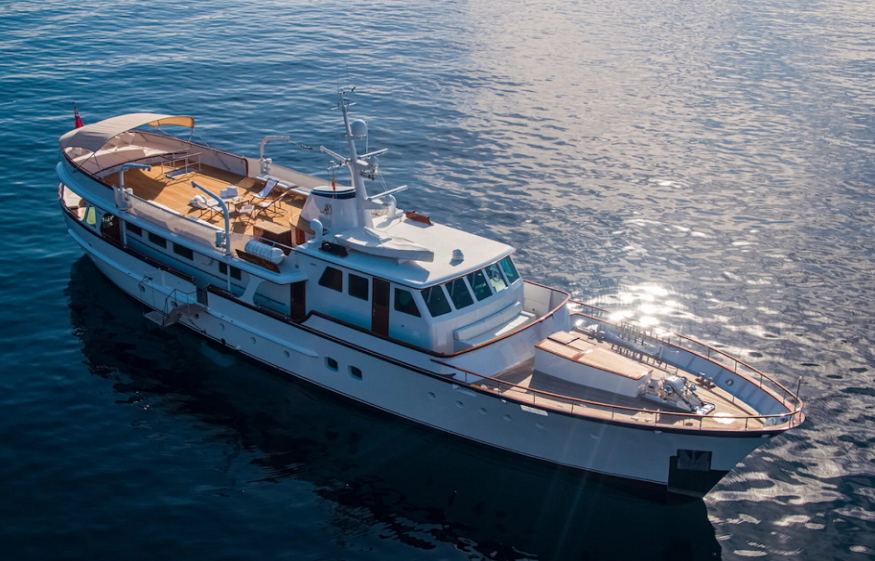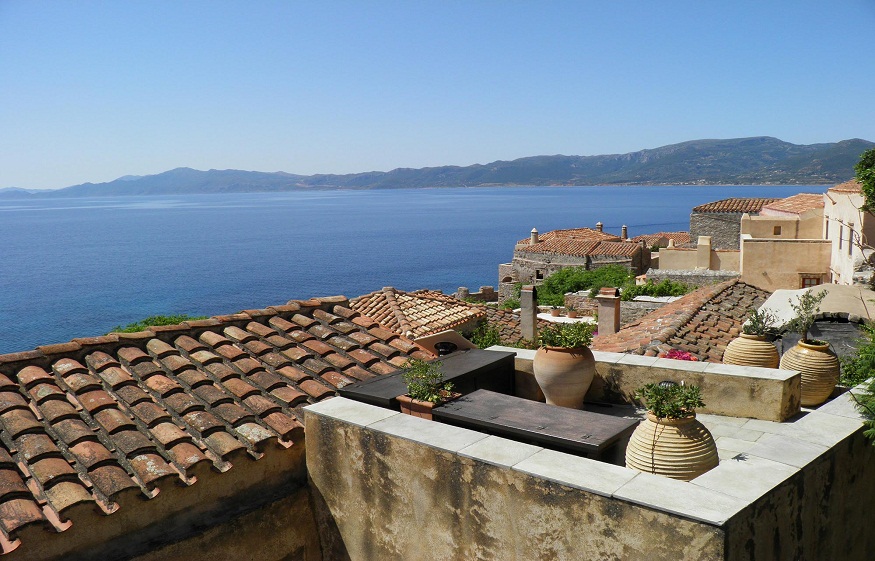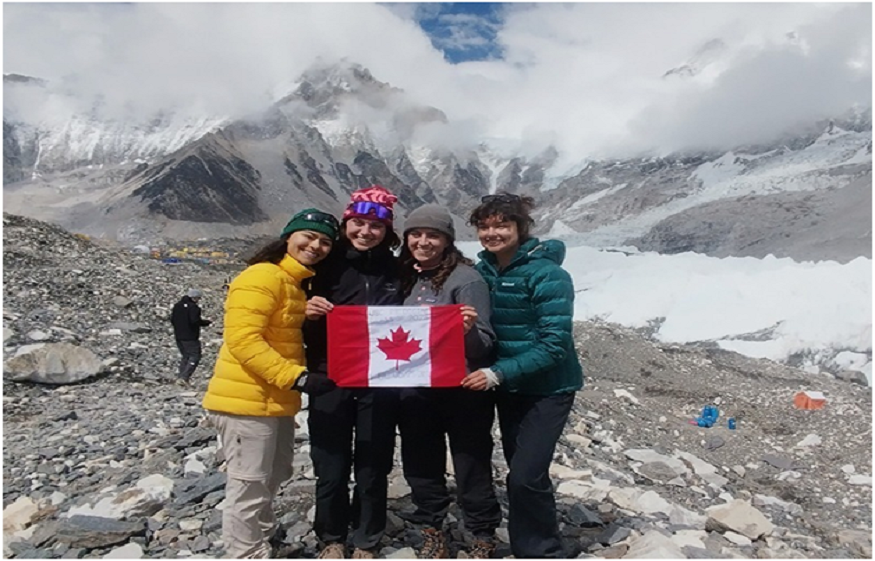
Nepal is a land of giant mountains. People from all over the world dream of coming here, of seeing Everest, of climbing peaks, of feeling thin air. Sometimes one trek is not enough. Sometimes one climb is not enough. So some adventurers go for a triple challenge. First they walk to Everest Base Camp. Then they test themself with the Island Peak Climb, the Lobuche Peak Climb, and the Mera Peak Climb. This is like a big exam in the Himalayas. Not everyone can do it. But whoever does, they carry memories in their hearts forever.
Everest Base Camp Trek
Every story in Nepal begins with Everest Base Camp Trek ,which is the most famous path. It takes 12–14 days, starting from the small airport in Lukla. The trail goes through the Sherpa village, Namche Bazaar, Tengboche monastery, Dingboche, and finally base camp at 5364 meters. On the way you see Ama Dablam, Lhotse, and the mighty Everest itself. It is not easy, but tea houses make it possible. Trekkers eat dal bhat, drink hot tea, sleep in a small room, and climb higher every day. Base camp itself is rocky and cold but magical. You stand there and look at Khumbu Icefall. You feel like touching heaven.
Island Peak Climbing
Island Peak is also called Imja Tse. It looks like a small island in the ocean of a snowy mountain. Height is 6189 meters. For many climbers, Island Peak is the first step to a bigger mountain. The Island Peak Climbing route starts from Chhukung after the EBC trek. The climb is technical but not extreme. There is a glacier, rope, crampons, and ice axes. At the top you see a panorama of Everest, Lhotse, Nuptse, Ama Dablam, and Makalu. It is a hard night climb, usually starting at 1 am. Cold wind, dark sky, but step by step you reach the summit. At the top, the sun rises and paints all mountains golden. My heart beats fast, but I smile big.
Lobuche Peak Climbing
Lobuche Peak is another jewel. It is 6119 meters, near Lobuche village on the EBC trail. Many climbers do it after trekking to base camp. Lobuche has two summits, east and west. East is common for climbers. It is more technical than Island Peak. I need rope, crampons, and knowledge of ice slopes. But the reward is amazing. From the top you see Everest close, the Lhotse wall, and Nuptse sharp. It is like a giant all around you. Lobuche Peak Climbing is a tough, long day, but when you stand there, you forget the pain. You just see the world from a different window.
Mera Peak Climbing
Mera Peak is the highest trekking peak in Nepal, 6476 meters. It is not near the EBC trail, but from the Lukla side you can reach it. It takes around 18–20 days to climb. It is less technical, but altitude is a very big challenge. Many people say it is like a small expedition. Mera Peak Climbing is on glaciers, snowfields, and long slopes. I need stamina. The summit view is legendary. From the top you see five 8000-meter giants: Everest, Kanchenjunga, Makalu, Lhotse, and Cho Oyu. No other trekking peak gives this view. Mera is a dream for many. It pushes your body to its limit.
Why Triple Challenge?
Doing only Everest Base Camp is already a strong achievement. Doing one peak climb is even bigger. But some people want it all. Triple challenge means you trek to base camp, then climb Island, Lobuche, and Mera. This is like testing courage, stamina, and spirit. Not easy, it needs weeks of walking, climbing, and adjusting. But triple makes the story unforgettable. You go home not just with a picture, but with pride.
Sherpa Culture and People
All this journey happens in Sherpa land. Sherpas are mountain people. They guide climbers, they carry loads, and they pray before the summit. Their smiles give strength. Their culture is Buddhist. Monastery bells, prayer flags, and mani walls all along the trail. Without Sherpa, no climb is possible. Respect them, listen to them, and learn from them. They are the real heroes of the Himalaya.
Training and Preparation
Triple Challenge is not a simple holiday. I need training. Before coming to Nepal, climbers must do long hikes, go to the gym, run, and build endurance. I also need to learn basic climbing skills: how to use crampons, how to hold an ice axe, and how to clip rope. Mental training is also important. Because at high altitude, the body is weak, but the mind must be strong. Without preparation, triple challenges become dangerous.
Altitude and Acclimatization
Above 3000 meters, the air is thin. Body struggle. That is why acclimatization is key. Rest day in Namche, in Dingboche. Slow walk. Drink a lot of water. Sometimes people still get altitude sickness. Headache, nausea, no sleep. Then must go down. Safety first. Climbing Island, Lobuche, and Mera all need a good acclimatization plan. Rushing is a mistake. Slow is safe.
Food and Accommodation
On a trek, food is simple. Dal bhat, noodle, momo, pancake, and fried rice. At high camp on the peak, food is basic, sometimes only noodle soup. Accommodation in a teahouse, small room, cold night. At base camp of the peak, tent camp. Not luxury, but adventure. What makes it special is the atmosphere. Sitting near the stove with a group, drinking hot tea, and sharing stories.
Equipment Needed
Triple challenges need gear. Warm sleeping bag, down jacket, trekking boots. For climbing: crampon, harness, helmet, ice axe, rope, carabiner, and jumar. Some bring their own; some rent in Kathmandu. Good gear means a safe climb. Cheap gear can be risky. Always check the quality.
Best Time to Go
Spring (March–May) and autumn (September–November) are best. The weather is clear, the sky blue, and the mountain sharp. In winter it’s too cold; in monsoon it’s too wet. Spring also shows rhododendron blooms on trails. Autumn gives a crystal clear view. For climbing peaks, these seasons give safe snow and less risk of storms.
Cost of Triple Challenge
The price is not small. Permit for each peak, guide, porter, food, lodge, gear, and flight to Lukla. Around 5000 to 7000 USD, depending on how you manage. Some agencies make packages. Some climbers do only one or two peaks to save costs. But for a full triple, the budget must be strong.
Permits and Rules
For Everest Base Camp, you need a Sagarmatha National Park permit and a Khumbu Pasang Lhamu permit. For peak climbing, Nepal Mountaineering Association (NMA) permits are needed for each: Island, Lobuche, and Mera. The cost is different in different seasons. I also need a registered guide. Solo climbing is not allowed. The agency handles paper.
Challenges on the Trail
Triple Challenge is full of challenges. Lukla flight delay. The weather is unpredictable. Altitude sickness. Cold wind. Heavy bag. Long walking day. Sleepless night. Some moments feel impossible. But also moments feel magic. Challenge is what makes adventure true. Without it, it has no meaning.
Comparison of Peaks
Island Peak is a good first climb, technical but moderate. Lobuche is more technical and needs rope skills. Mera is the highest, needs stamina, but is less technical. Doing all three gives a full experience: technical, altitude, and endurance. Each peak teaches a different lesson.
Emotional Journey
Climbing is not only for the body; it is for the mind. Sometimes you cry in a tent, sometimes you laugh on the trail. Sometimes you feel lonely, sometimes you feel like family with a group. Every sunrise, every step, every breath is emotional. At the end, when you finish the triple, you know you are a changed person.
Safety and Guide Role
Safety is most important. Guide checks rope, guide checks weather, and guide watches health. Without a guide, the risk is too high. Porter, carry the load and save your energy. Always listen to them. Mountains are big; humans are small. Respect rules of safety.
Adventure Beyond Summit
Triple challenge is not only about standing on top. It is about a journey. About meeting people, learning culture, facing fear, and finding strength. A summit is a moment, but a journey is life. That is a real gift.
Conclusion
The triple challenge of Everest Base Camp, Island Peak, Lobuche Peak, and Mera Peak is not a normal holiday. It is an adventure of the soul. It tests, it rewards, and it teaches. Nepal gives this chance. The mountain stands tall, waiting. For those who dare, the triple challenge is a dream. For those who complete it, it is history in their heart forever.
Contact Details
Company address: Everest Trekking Routes Pvt. Ltd.
16 Khumbu, Nayabazaar, Kathmandu, Nepal
Mobile : +977-9843467921 (Rabin)
Email: [email protected]

